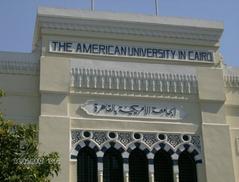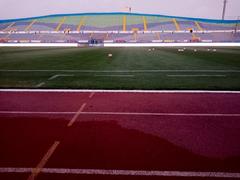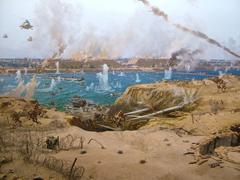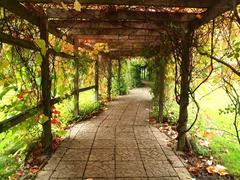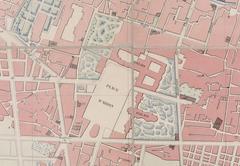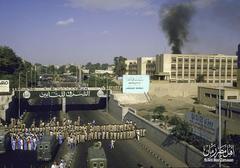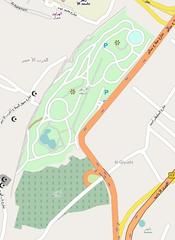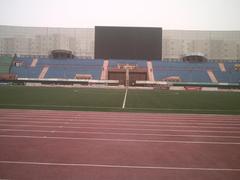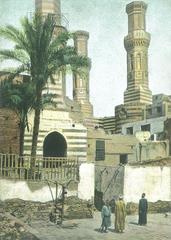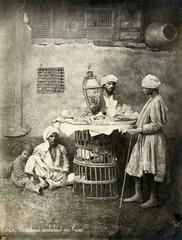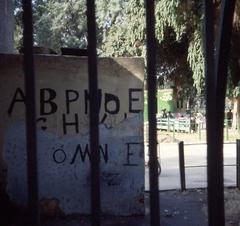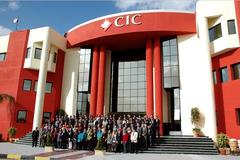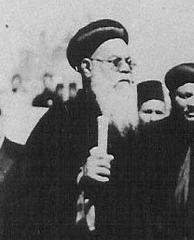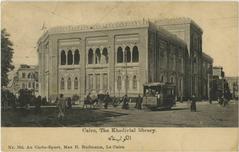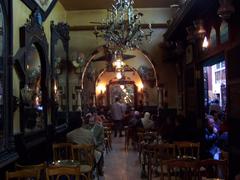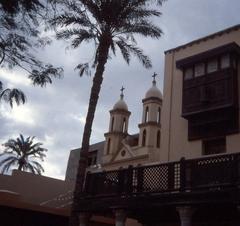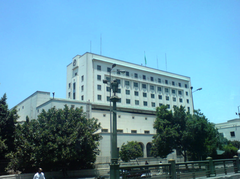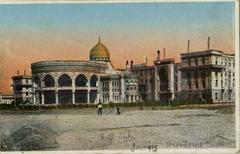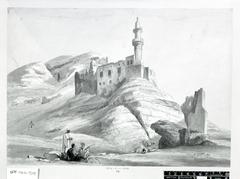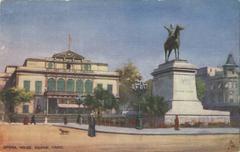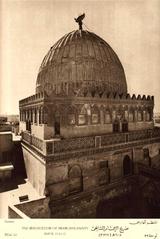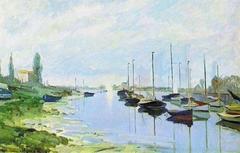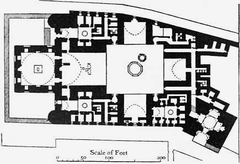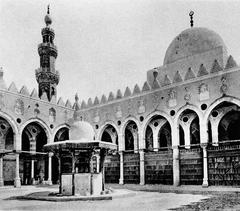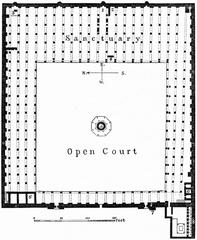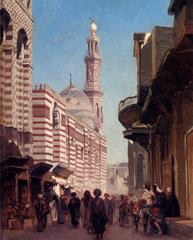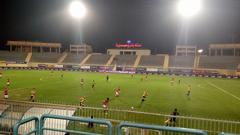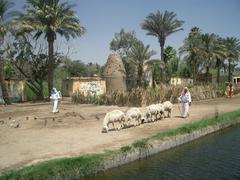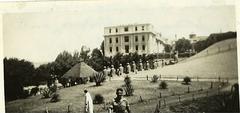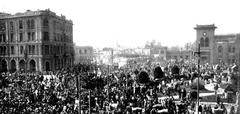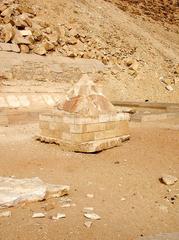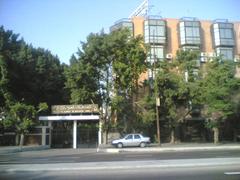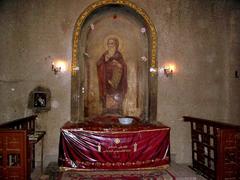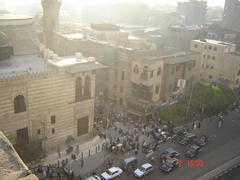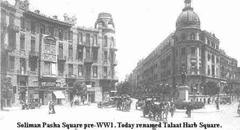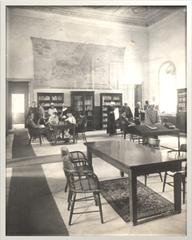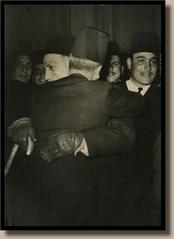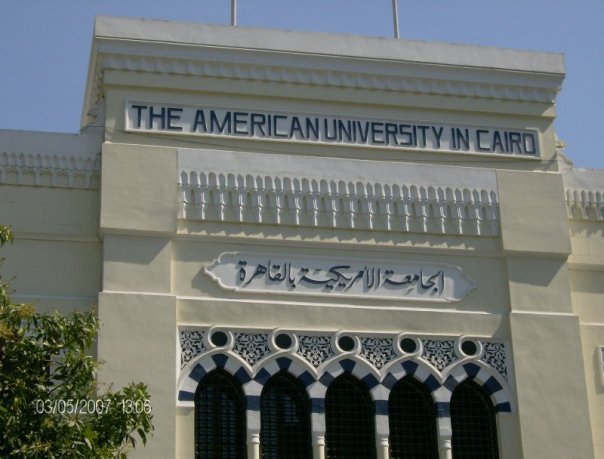
Khairy Pasha Palace Visiting Hours, Tickets, and Guide to Cairo Historical Sites
Date: 14/06/2025
Introduction
Nestled in the vibrant heart of downtown Cairo, Khairy Pasha Palace stands as a magnificent testament to Egypt’s layered history, architectural ingenuity, and cosmopolitan aspirations. Built in the 19th century for Khairy Pasha, Egypt’s Minister of Education under Khedive Ismail, this palace blends Ottoman, neo-Mamluk, European neoclassical, and local Egyptian styles. Originally a luxurious private residence, it later became a pivotal educational landmark, most notably serving as the first campus of the American University in Cairo (AUC) in 1920.
Today, Khairy Pasha Palace continues to captivate visitors with its ornate façades, intricate woodwork, and spacious courtyards. Its strategic location near Tahrir Square places it at the intersection of Egypt’s political, educational, and cultural life. The palace hosts a variety of cultural events and academic gatherings, and ongoing restoration ensures its preservation for future generations.
This guide offers a detailed exploration of Khairy Pasha Palace’s history, architectural features, visitor information (including visiting hours and ticketing), travel tips, and nearby attractions—ideal for history enthusiasts, architecture lovers, and cultural explorers alike.
For the latest visitor updates, consult the American University in Cairo website and the Cairo Tourism Authority. (AUC Centennial Stories; Artforum; Wikipedia)
Historical and Architectural Background
Origins and Early History
Constructed in the 1860s and completed in the 1870s, Khairy Pasha Palace arose during a period of ambitious urban modernization. Khairy Pasha envisioned his residence as both a symbol of social stature and of Egypt’s evolving identity. The palace’s architecture reflects the 19th-century drive to blend Ottoman grandeur with European modernity. Its original design included grand reception halls, private quarters, lush gardens, and service areas—each element meticulously crafted to host dignitaries and project prestige. (AUC Centennial Stories)
Neo-Mamluk Revival and European Influence
The palace is a prime example of the neo-Mamluk style, drawing on the medieval Mamluk dynasty’s monumental aesthetics. This revivalist approach was both an assertion of national identity and a nod to Egypt’s Islamic heritage. Architectural features include:
- Faux Crenellations and Battlements: Evoking medieval Islamic fortifications (Wikipedia).
- Pointed and Horseshoe Arches: Referencing Mamluk and Moorish traditions.
- Intricate Stone Carvings and Arabesques: Hallmarks of Islamic decorative arts.
- Mashrabeya Windows and Stained Glass: Providing privacy, light, and vibrant color.
- European Elements: Such as Beaux-Arts columns, Second Empire cornices, and Art Nouveau flourishes (AUC News).
The palace’s interior features soaring ceilings, marble staircases, decorative tilework, and an indoor marble fountain, revealing the opulence and cosmopolitan tastes of its original owner.
Transformation and Modern Role
Educational and Cultural Landmark
After Khairy Pasha’s death, the palace shifted from private residence to public institution. It was acquired by the founders of the American University in Cairo, becoming the university’s first campus in 1920. The adaptation required careful preservation of historic features while accommodating classrooms, offices, and student facilities. The palace quickly emerged as a hub for academic and cultural life, hosting lectures, conferences, and artistic events. Its downtown location made it accessible to students from diverse backgrounds and integral to Egypt’s intellectual development. (AUC Centennial Stories)
Political and Social Significance
The palace’s proximity to Tahrir Square placed it at the center of pivotal events, including the 1919 Revolution and subsequent movements for independence. Over the decades, it welcomed international scholars, diplomats, and cultural icons, reinforcing its reputation as a site of cross-cultural dialogue.
Restoration and Preservation
Ongoing restoration projects, supported by the AUC and Egypt’s Ministry of Tourism and Antiquities, focus on conserving both the palace’s structural integrity and its ornate decorative details. Specialists rely on historical photographs, period documents, and advanced conservation techniques to maintain authenticity. The palace is listed on Egypt’s National Register for Heritage Buildings, ensuring continued preservation efforts. (AUC News; Wikipedia)
Restoration also includes revitalizing the palace’s gardens and courtyards, balancing historical authenticity with modern functionality for events and gatherings.
Visitor Information: Hours, Tickets, and Accessibility
Visiting Hours
- General Hours: Sunday to Thursday, 9:00 AM to 5:00 PM. Closed on Fridays and national holidays.
- Special Events/Restoration: Access may be limited during restoration or special events; check the AUC website for current updates.
Tickets
- Admission: Entry is often free for AUC students and staff. External visitors may pay a nominal fee (typically around 50 EGP for adults, 25 EGP for students/seniors); pricing may vary for guided tours or special exhibitions.
- Booking: Advance booking is recommended, especially during restoration or high season.
- Where to Buy: Tickets are available at the entrance or online via official ticketing platforms.
Accessibility
- Physical Access: Ramps and elevators have been installed in primary public areas, but some historic sections may remain challenging for visitors with mobility issues.
- Guided Tours: English and Arabic tours offer in-depth insights and can be arranged ahead of time.
- Photography: Allowed in most public areas; flash is prohibited to protect interiors.
Location and Transportation
- Address: 113 Qasr El Eyni Street, Tahrir Square, Cairo.
- Metro: Sadat Station (Lines 1 and 2) is a short walk away.
- Ride-Sharing: Uber, Careem, and Didi operate throughout Cairo.
- Walking: The area is pedestrian-friendly, though crossing busy streets requires caution.
Travel Tips and Visitor Etiquette
- Dress Modestly: Respect local customs and the palace’s formal atmosphere.
- Stay Hydrated: Bring bottled water (avoid tap water and ice).
- Best Time to Visit: October–April is ideal for comfortable weather; summer months can be hot.
- Nearby Amenities: Numerous cafes and hotels are within walking distance; try local refreshments like fresh sugarcane juice (ask for no ice).
- Safety: Tahrir Square is generally safe during daylight; avoid demonstrations and check travel advisories. (Lonely Planet)
Nearby Attractions
Combine your visit to Khairy Pasha Palace with:
- Egyptian Museum: Home to world-renowned ancient artifacts.
- Al-Azhar Park: A lush green space with panoramic city views.
- Khan El Khalili Bazaar: A bustling market for souvenirs and crafts.
- Manial Palace and the Nilometer: Explore Islamic art and Egypt’s water history.
(The Egyptian Traveler; Egipto Exclusivo)
Frequently Asked Questions (FAQs)
Q1: What are the visiting hours for Khairy Pasha Palace?
A1: Typically, Sunday to Thursday, 9:00 AM to 5:00 PM. Check for updates during restoration or special events.
Q2: How much are tickets?
A2: Around 50 EGP for adults and 25 EGP for students/seniors. Discounts and free entry may be available for AUC affiliates.
Q3: Is Khairy Pasha Palace wheelchair accessible?
A3: Main public areas are accessible; some historic sections may have limitations.
Q4: Are guided tours available?
A4: Yes, tours in English and Arabic are available and recommended.
Q5: Can I take photographs inside the palace?
A5: Photography is permitted in most areas (no flash).
Q6: What else can I see nearby?
A6: The Egyptian Museum, Al-Azhar Park, Khan El Khalili, Manial Palace, and more.
Plan Your Visit
Khairy Pasha Palace offers an immersive window into Egypt’s vibrant past and cosmopolitan present. Whether you’re exploring its ornate interiors, attending a cultural event, or using its proximity to discover more Cairo historical sites, this palace is an essential stop for any visitor.
For the most current information on visiting hours, tickets, and accessibility, visit the American University in Cairo’s official site or the Cairo Tourism Authority.
Download the Audiala app for interactive guides, maps, and real-time updates, and follow us on social media for more stories and travel tips.
Sources
- AUC Centennial Stories
- Artforum
- Wikipedia
- AUC News – Historic Palace Facade Restoration
- American University in Cairo Official Website
- Cairo Tourism Authority
- The Egyptian Traveler
- Egipto Exclusivo
- Lonely Planet
